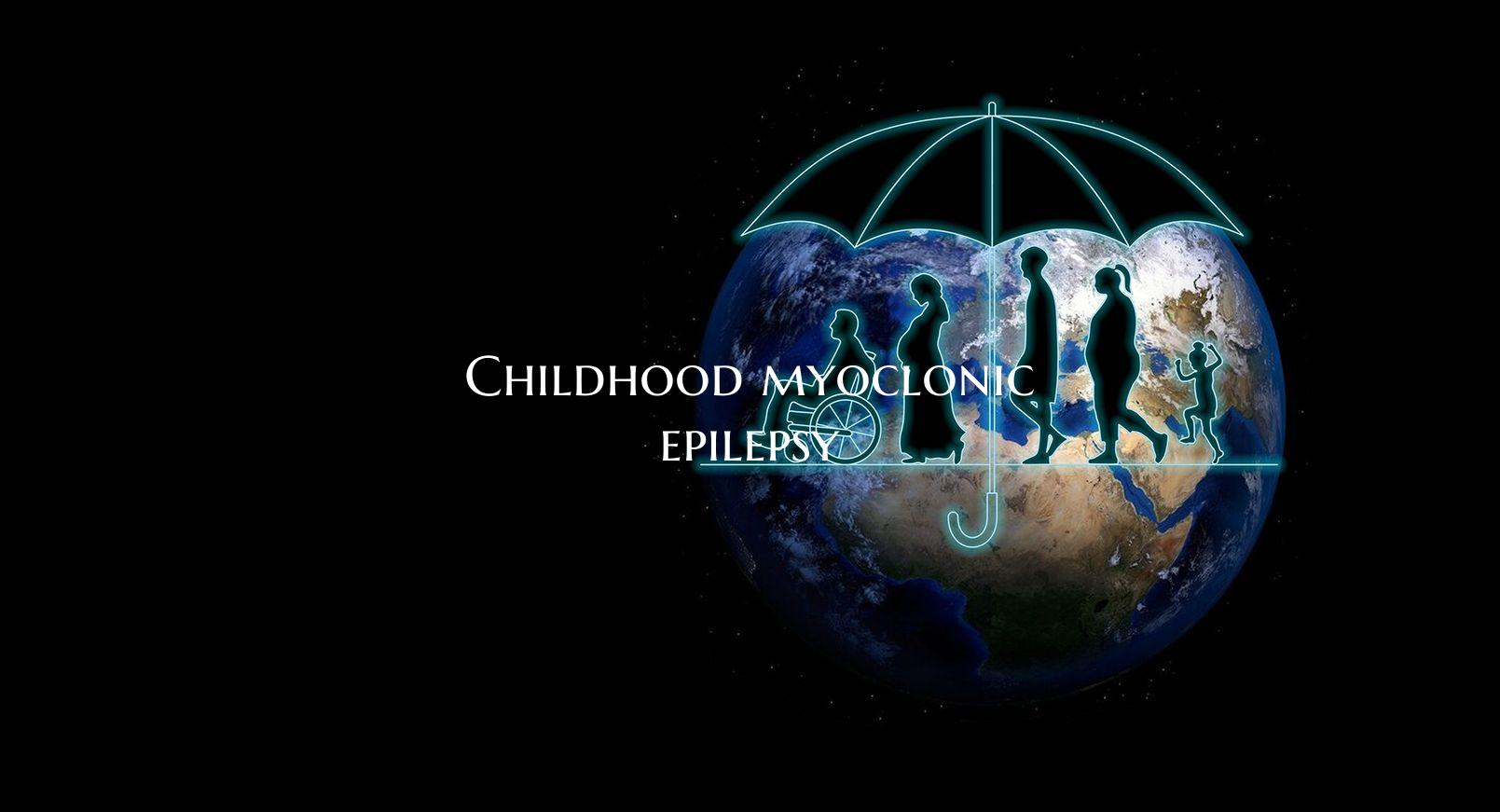
Childhood myoclonic epilepsy
Childhood myoclonic epilepsy is a form of epilepsy that typically begins in early childhood or adolescence. It is characterized by sudden, brief muscle jerks or twitches called myoclonic seizures. These seizures can occur in various parts of the body and may be infrequent or frequent, even happening multiple times a day.
The exact cause of childhood myoclonic epilepsy is not always known, but it is believed to be related to genetic factors in many cases. Children with a family history of epilepsy may be at a higher risk of developing this condition.
Diagnosing childhood myoclonic epilepsy usually involves a comprehensive evaluation by a pediatric neurologist. This may include a physical exam, neurological tests, and diagnostic tests such as an electroencephalogram (EEG) to monitor brain activity.
Treatment for childhood myoclonic epilepsy often involves antiepileptic medications to help control and reduce the frequency of seizures. In some cases, dietary therapies or other interventions may also be recommended.
Living with childhood myoclonic epilepsy can present challenges for children and their families, but with proper management and support, many children with this condition are able to lead fulfilling lives. Regular medical follow-ups, adherence to treatment plans, and lifestyle adjustments can all contribute to better seizure control and overall well-being.
It is important for parents and caregivers to educate themselves about childhood myoclonic epilepsy, seek support from healthcare professionals and epilepsy organizations, and communicate openly with their child's school and community to ensure a safe and supportive environment. With proactive management and a strong support system, children with childhood myoclonic epilepsy can thrive and reach their full potential.